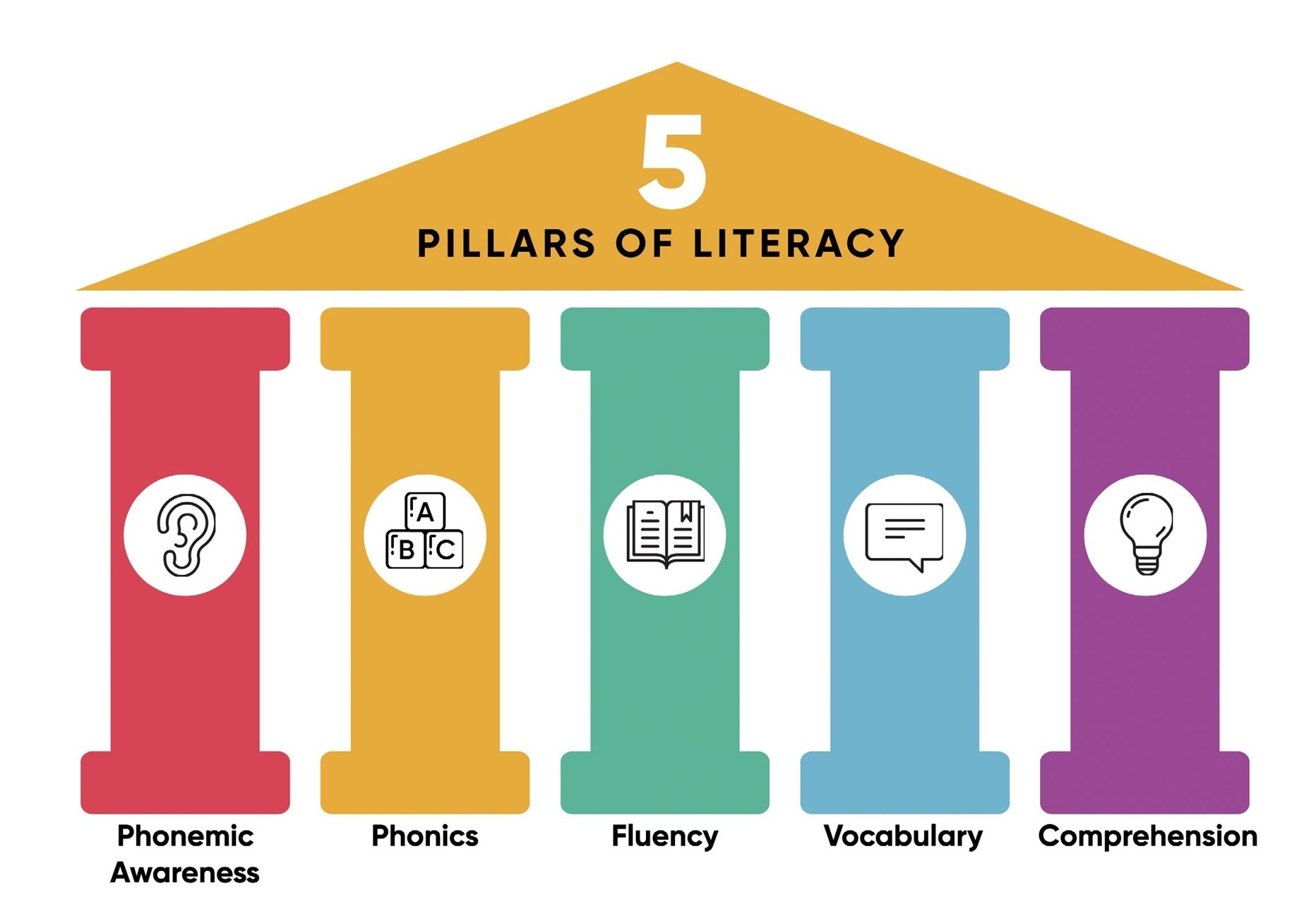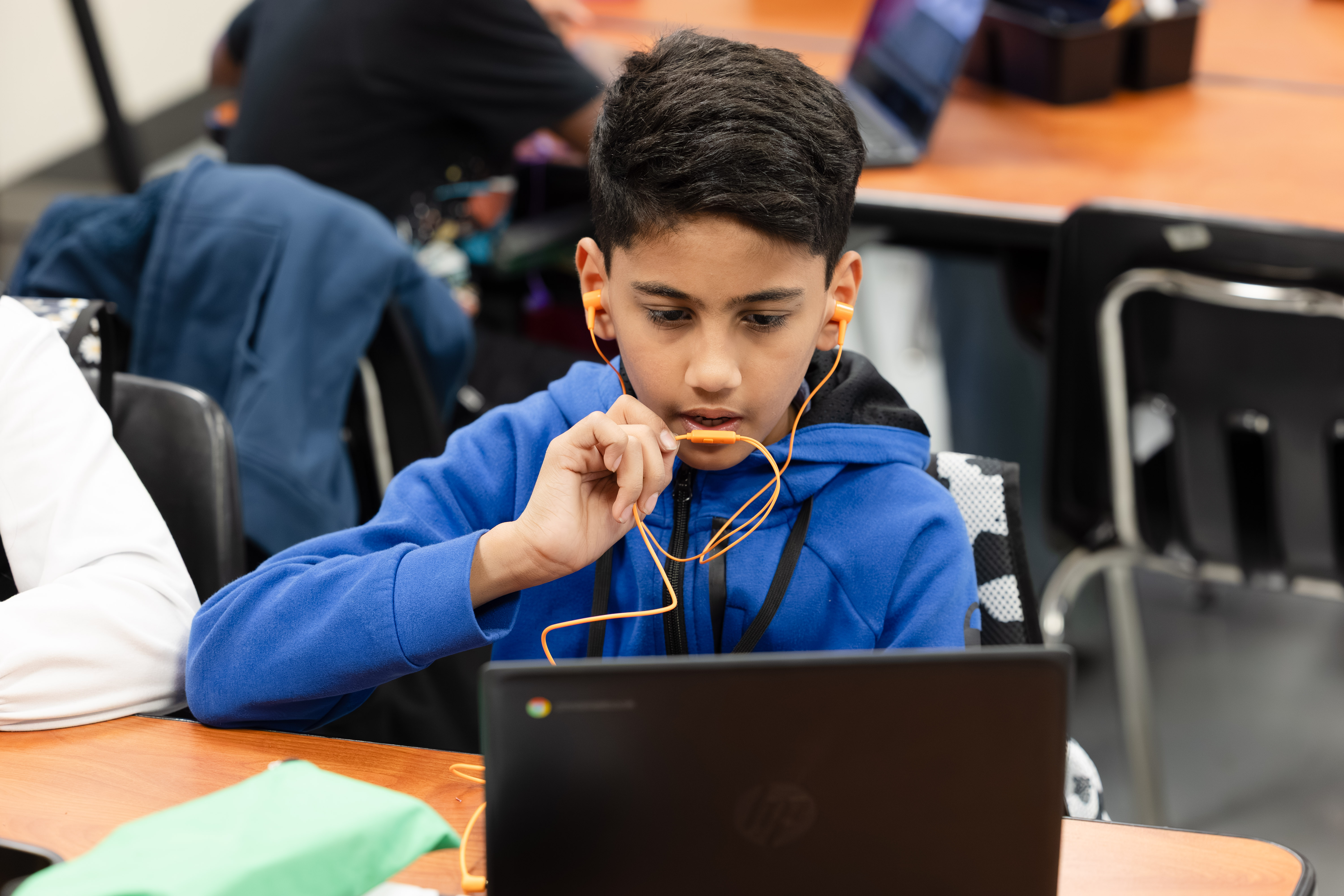3 Things to Know About the Science of Reading

Understanding the Science of Reading
To transform students into skilled readers, schools must understand the science of reading and align their literacy instruction to it. The science of reading is a cumulation of research in the fields of education, psychology, linguistics, and neuroscience, forming an educational roadmap for two key concepts: what students need to learn and how they need to learn it.
In our three-part blog series, we will dive into key aspects related to the science of reading, including understanding the foundations that shape and support this research (part 1), learning how to harness the science of reading on your campuses (part 2), and helping educators put the science of reading into classroom practice (part 3).
To listen to our experts explain these topics in more detail, register to watch our on-demand webinar “Putting the Science of Reading into Practice.”
The Foundation of Reading Education
Educators must know what students need to learn and teach those skills explicitly. Three main beliefs in the science of reading lay out exactly what students need to become good readers.
- The 5 Pillars of Literacy, also known as the Big Five – The National Reading Panel Report identifies five foundational areas of literacy instruction: phonemic awareness, phonics, fluency, vocabulary, and comprehension. Research suggests that each of these components plays a key role in increasing literacy skills for students. These concepts must be taught explicitly.

- When taught together, the 5 Pillars of Literacy create the foundation for students’ reading education.
- The Simple View of Reading – Developed by psychologists Gough and Tunmer in 1986, the Simple View of Reading states that reading comprehension is the product of decoding and language comprehension.
- Decoding is the ability to apply sound-symbol relationships in order to read words. Combining this with language comprehension, which is the ability to understand spoken language, is necessary to achieve reading comprehension. A lack of knowledge in either skill leads to a deficit for readers.

- Decoding and language comprehension should be taught in conjunction in reading education programs.
- Scarborough’s Rope – Hollis Scarborough expanded on the Simple View of Reading by dividing skilled reading into two overall components: language comprehension and word recognition. Each component is an umbrella category with various skills falling underneath it. Language comprehension is a cumulation of background knowledge, vocabulary knowledge, language structures, verbal reading, and literacy knowledge. Word recognition is a cumulation of phonological awareness, decoding, and sight recognition.
- Then Scarborough created a metaphor of a rope, shown below, to exhibit this paradigm. This is now known as Scarborough’s Rope. The rope illustrates the idea that each small component of reading education must be present to form a skilled reader.
Scarborough’s rope illustrates the idea that each small component of reading education must be present to form a skilled reader.
Stay tuned during our three-part blog series to explore more on the topic of the science of reading. Listen to our experts explain it all in our on-demand webinar.
Read more from the AI & The Reading Brain Blog


.avif)
